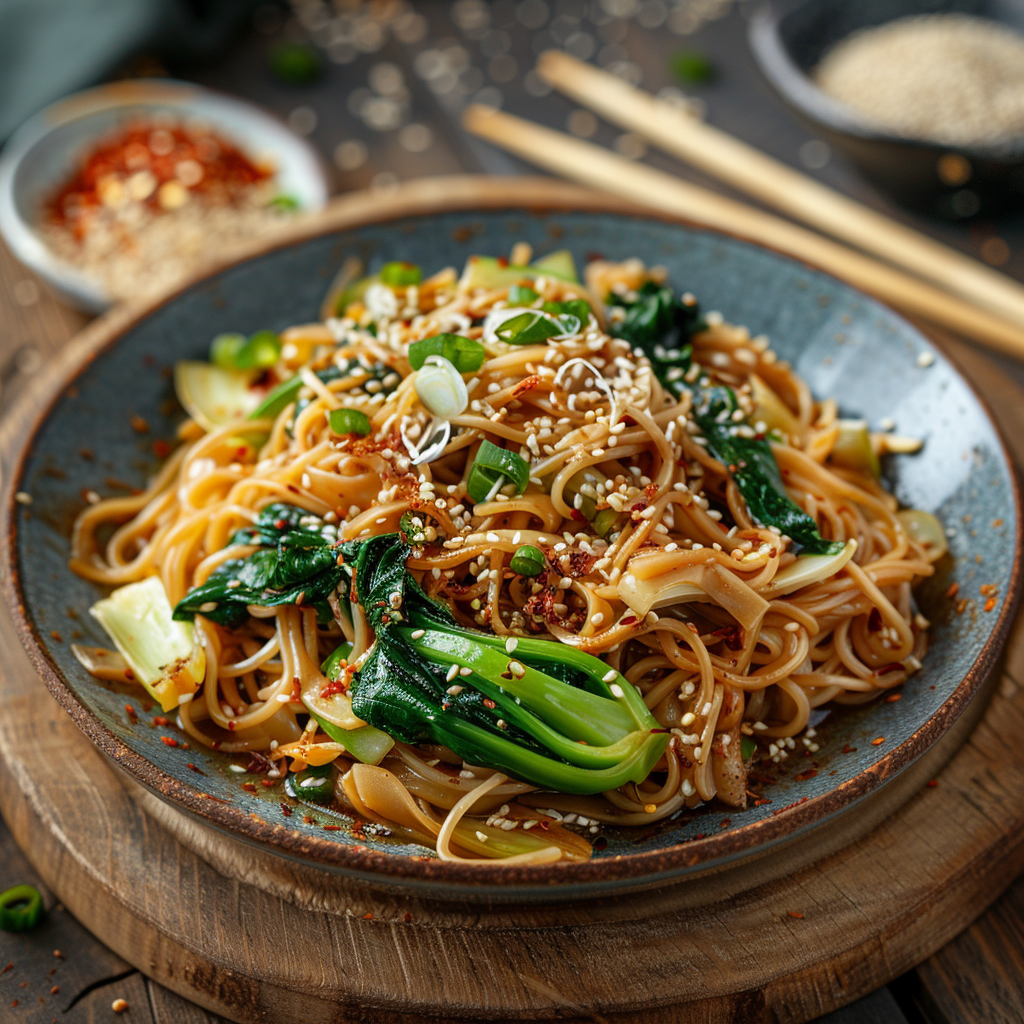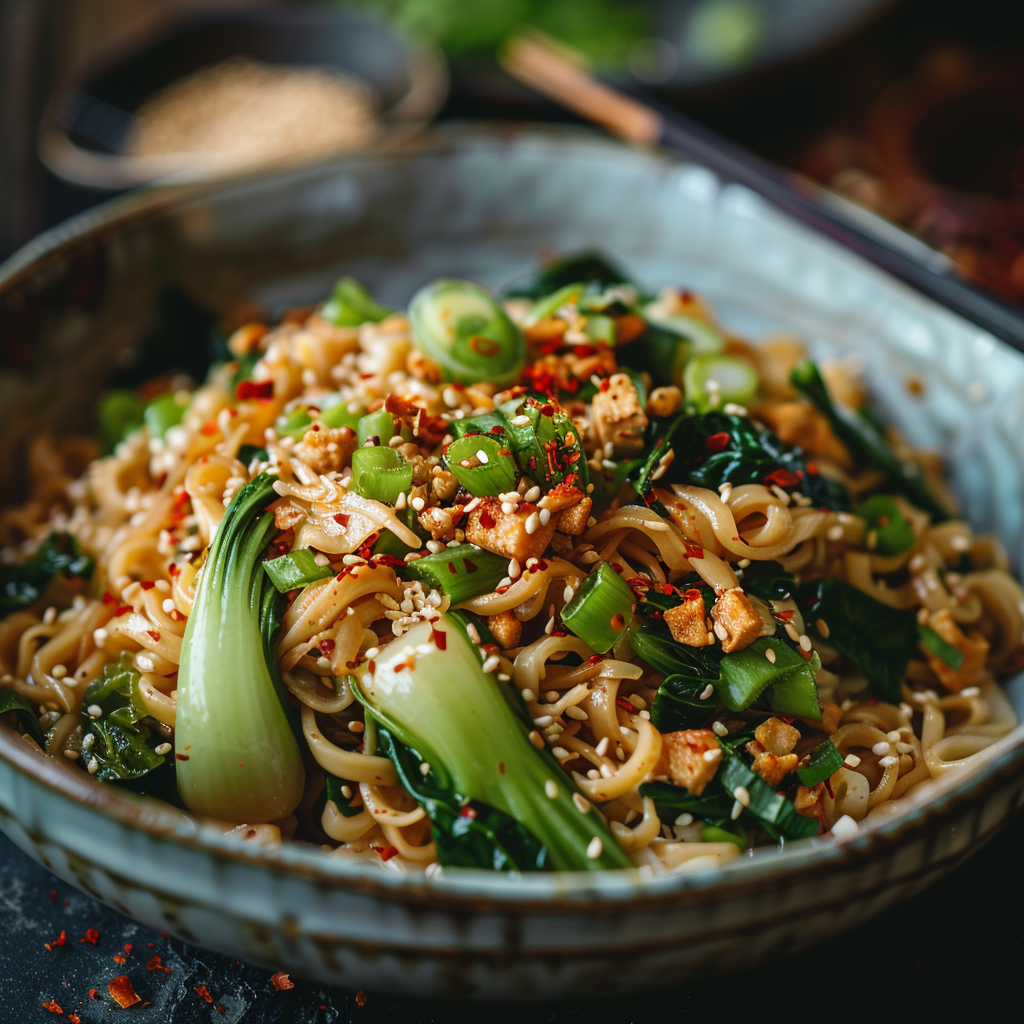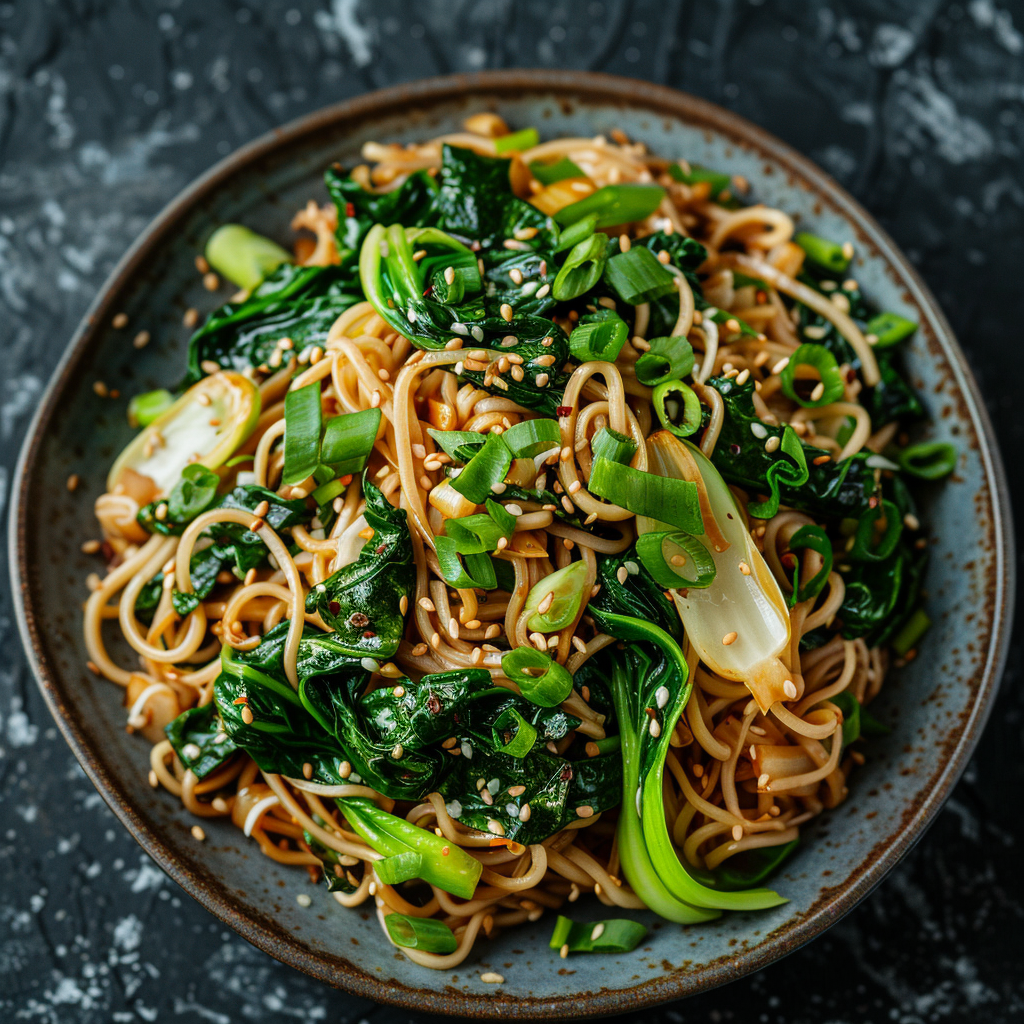Why Kungfu Noodles Are a Must-Try
There’s something magical about slurping up a bowl of kungfu noodles after a long day. I first tried these noodles during a road trip to El Paso, where a little spot on the corner had everyone raving about their kung fu noodle menu El Paso locals swore by. One bite, and I was hooked. The chewy texture of handmade noodles paired with rich, savory broth felt like a warm hug in a bowl. Since then, I’ve been perfecting my own kung fu noodle recipe at home, and let me tell you—it’s become a family favorite. Whether you’re craving comfort food or looking to impress your friends, this dish is a winner.
A Little History Behind the Dish
Kungfu noodles trace their roots back to Chinese culinary traditions, where hand-pulled noodles are considered an art form. Legend has it that skilled chefs would perform their noodle-pulling techniques with such precision and flair that it resembled kung fu moves—hence the name. These days, you’ll find variations like kung fu noodle ramen popping up everywhere from San Antonio to Henderson. My version stays true to tradition but adds a modern twist with easy-to-find ingredients. It’s all about balance: fresh noodles, bold flavors, and a dash of love.
Why You’ll Love This Recipe
This kungfu noodles recipe is packed with flavor yet surprisingly simple to make. The broth is hearty without being heavy, and the noodles? Oh, the noodles are just perfection. They’re springy, satisfying, and soak up every bit of the delicious sauce. Plus, it’s versatile—you can tweak it to suit your taste buds. Whether you’re a fan of spicy heat or prefer milder flavors, this dish has got you covered.
Perfect Occasions for Kungfu Noodles
Need a quick weeknight dinner? Done. Hosting a casual get-together? Perfect. Craving comfort food while binge-watching your favorite show? Absolutely. Kungfu noodles are ideal for any occasion. I even served them at a potluck once, and people kept asking if I had secretly ordered takeout from one of those trendy kung fu noodle horizon menu spots. Trust me, they’re that good.
Ingredients
- 8 oz fresh or dried wheat noodles
- 2 tbsp vegetable oil
- 1 lb ground pork or chicken (optional)
- 3 cloves garlic, minced
- 1-inch piece of ginger, grated
- 4 cups chicken or vegetable broth
- 2 tbsp soy sauce
- 1 tbsp sesame oil
- 1 tsp chili flakes (adjust to taste)
- Green onions, chopped (for garnish)
- Cilantro leaves (optional, for garnish)
Substitution Options
- Swap ground meat for tofu or mushrooms for a vegetarian option.
- Use gluten-free noodles if needed.
- Replace chicken broth with beef or mushroom broth for a different flavor profile.
Preparation Section
Step 1: Prepare Your Ingredients
Start by gathering everything you need. Mince the garlic, grate the ginger, chop the green onions, and measure out your sauces. Having everything ready will make the process smoother. Pro tip: If you’re using fresh noodles, rinse them briefly under cold water to prevent sticking.
Step 2: Cook the Protein
Heat the vegetable oil in a large pot over medium heat. Add the ground pork or chicken and cook until browned, breaking it into small pieces as it cooks. If you’re going meatless, sauté diced mushrooms or crumbled tofu instead. The aroma of sizzling protein mixed with garlic and ginger is enough to make anyone hungry!
Step 3: Build the Broth
Once the protein is cooked, stir in the garlic and ginger. Let them toast for about 30 seconds before pouring in the broth. Bring it to a gentle simmer and add soy sauce, sesame oil, and chili flakes. Taste and adjust the seasoning. The broth should be flavorful but not overpowering—a delicate balance is key here.
Step 4: Cook the Noodles
In a separate pot, boil water and cook the noodles according to package instructions. Fresh noodles usually take just 2-3 minutes, while dried ones may require 6-8 minutes. Drain them well and divide them among serving bowls. Ladle the hot broth over the top, making sure each bowl gets plenty of goodness.
Step 5: Garnish and Serve
Sprinkle chopped green onions and cilantro over the bowls for a pop of color and freshness. A drizzle of extra sesame oil or a squeeze of lime juice can elevate the dish further. Serve immediately while it’s piping hot. There’s nothing quite like the first slurp of perfectly cooked kungfu noodles.
Chef’s Tip
To enhance the umami flavor, try adding a teaspoon of miso paste to the broth. It’s a game-changer that brings depth and richness to the dish without overpowering it.
Timing
- Prep Time: 15 minutes
- Cooking Time: 20 minutes
- Total Time: 35 minutes
Extra Info
Did you know that hand-pulled noodles were historically made by masters who trained for years to perfect their technique? While we’re using store-bought noodles here, knowing this backstory makes each bite feel a little more special.
Necessary Equipment
- Large pot for broth
- Medium skillet for cooking protein
- Colander for draining noodles
- Sharp knife and cutting board
Storage
If you have leftovers, store the broth and noodles separately in airtight containers. This prevents the noodles from soaking up too much liquid and becoming mushy. Reheat the broth on the stove and warm the noodles briefly in the microwave before combining.
For longer storage, freeze the broth in portion-sized containers. Noodles don’t freeze well, so plan to use them within a couple of days. Thaw frozen broth overnight in the fridge and reheat gently.
Properly stored, kungfu noodles can last up to three days in the fridge. Always check for signs of spoilage before consuming.
Tips and Advice
Don’t rush the broth—it needs time to develop its flavors. Use high-quality ingredients whenever possible, especially for the broth base. And remember, practice makes perfect. The more you make kungfu noodles, the better they’ll turn out.
Presentation Tips
- Serve in deep bowls for a cozy vibe.
- Garnish with vibrant herbs like cilantro or Thai basil.
- Add a sprinkle of sesame seeds for texture.
Healthier Alternative Recipes
Here are six ways to make this dish healthier:
- Zucchini Noodle Swap: Replace wheat noodles with spiralized zucchini for a low-carb option.
- Turkey Protein: Use lean ground turkey instead of pork for fewer calories.
- Veggie Boost: Add chopped bok choy, spinach, or snap peas for extra nutrients.
- Low-Sodium Broth: Opt for reduced-sodium broth to cut back on salt.
- Coconut Milk Base: Substitute half the broth with coconut milk for creaminess without dairy.
- Gluten-Free Option: Choose certified gluten-free noodles for dietary restrictions.
Common Mistakes to Avoid
Mistake 1: Overcooking the Noodles
Overcooked noodles lose their bounce and become mushy. To avoid this, keep an eye on the cooking time and test the noodles frequently. They should be al dente—firm but not hard.
Mistake 2: Skipping the Toasting Step
Not toasting the garlic and ginger can result in a flat-tasting broth. Take the extra minute to let them sizzle—it makes a world of difference.
Mistake 3: Using Old Broth
Broth is the heart of this dish. Using stale or low-quality broth will dull the overall flavor. Invest in a good brand or make your own for the best results.
FAQ
Where can I find kung fu noodles near me?
Check local Asian restaurants or ramen shops. Many cities, like El Paso and San Antonio, have dedicated kung fu noodle spots. Search online for “kung fu noodles near me” to discover hidden gems.
What’s on the kung fu noodle menu in San Antonio?
Menus vary, but expect options like spicy beef ramen, chicken dumplings, and veggie-packed bowls. Each place puts its spin on classic dishes.
Can I make kungfu noodles vegan?
Absolutely! Swap the meat for tofu or veggies and use vegetable broth. Finish with a splash of soy sauce and lime juice for tang.
How do I store leftover kungfu noodles?
Keep the broth and noodles separate in airtight containers. Refrigerate for up to three days or freeze the broth for longer storage.
What makes kungfu noodles unique?
The combination of chewy noodles, rich broth, and customizable toppings sets them apart. It’s comfort food with personality.
Are there gluten-free options for kungfu noodles?
Yes, look for gluten-free noodles made from rice or other grains. Most recipes can easily accommodate dietary needs.
What sides pair well with kungfu noodles?
Try steamed dumplings, cucumber salad, or edamame. These complement the flavors without overwhelming the main dish.
Can I use instant ramen instead of fresh noodles?
While not ideal, instant ramen works in a pinch. Just skip the seasoning packet and use your homemade broth instead.
How spicy should kungfu noodles be?
Adjust the spice level to your preference. Start with a teaspoon of chili flakes and increase gradually until it suits your taste.
Where can I try kung fu noodle ramen?
Ramen-focused eateries often feature kung fu noodle ramen. Look for places known for authentic Asian cuisine.
Final Thoughts
Kungfu noodles are more than just a meal—they’re an experience. From their rich history to their comforting flavors, they bring joy to anyone lucky enough to try them. Whether you whip up a batch at home or visit a nearby restaurant, I hope this guide inspires you to give them a shot. Happy cooking!

Kungfu Noodles
Ingredients
Equipment
Method
- Start by gathering everything you need. Mince the garlic, grate the ginger, chop the green onions, and measure out your sauces.
- Heat the vegetable oil in a large pot over medium heat. Add the ground pork or chicken and cook until browned, breaking it into small pieces as it cooks.
- Once the protein is cooked, stir in the garlic and ginger. Let them toast for about 30 seconds before pouring in the broth.
- Bring the broth to a gentle simmer and add soy sauce, sesame oil, and chili flakes. Taste and adjust the seasoning.
- In a separate pot, boil water and cook the noodles according to package instructions. Drain them well and divide them among serving bowls.
- Ladle the hot broth over the top of the noodles, ensuring each bowl gets plenty of goodness.
- Sprinkle chopped green onions and cilantro over the bowls for a pop of color. Serve immediately while piping hot.



